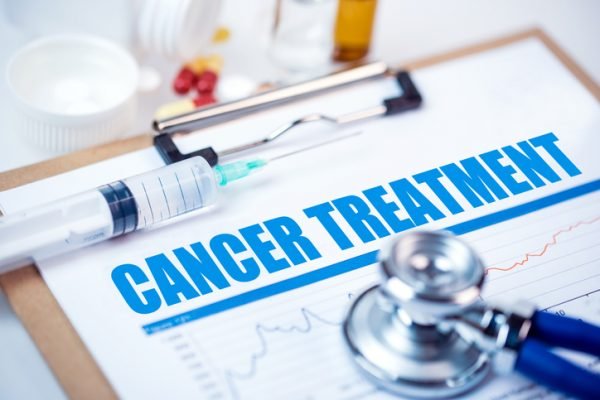
Cancer is a global health challenge that has been a source of pain, sorrow and grief to people all over the world despite the ground-breaking discoveries and new research on it, mind-blowing technological gadgets and equipment, drugs, vaccines and various methods to cure it. According to the International Agency for Research on Cancer, cancer was the second leading cause of death in 2021.
The theme of this year’s World Cancer Day is “Close the care gap”. This year marks the first year of the three-year campaign centred on equity for cancer patients. This campaign is to raise awareness on the lack of equity in healthcare for cancer patients; it is also to make known the challenges faced by cancer patients in accessing the needed care and the effect these challenges pose on the survival and recovery rate of cancer patients globally.
February 4 is commemorated globally as the World Cancer Day, and it originated from the first world summit against cancer held in Paris in 2000. The International Union Against Cancer is a global organisation charged with the promotion of awareness against this disease on its detection, care and prevention.
Health equity is the aim of this three-year campaign and not necessarily health equality. This is because health equality means giving each region the same amount of resources to fight this menace but in the real sense, giving each region the same resources doesn’t mean helping them achieve the same potential. This is where health equity comes in. Health equity is simply the elimination of the contrast in opportunities given to different health groups or regions despite having the same access to resources.
According to the International Agency for Research on Cancer, 70% of cancer deaths occur in low-middle income countries. Yet another report by the American Cancer Society in 2019 says Black women are 40% more likely to die from breast cancer, even though white women are more frequently diagnosed. It also states that black men die from prostate cancer twice as often as white men. People with disabilities have a low cancer screening rate compared to people without disabilities which inhibits early detection of cancer.
These reports show the health disparities in global cancer care due to race, ethnicity, health challenges and economic status. This is the aim of the three-year campaign to bridge the gap. At this stage of global development, your race, ethnicity or even existing health challenges should not be a reason why you don’t get enough access to quality health care.
These reports above show that there is still a long way to go in bridging the gap in cancer care and more efforts are needed in order to close this gap. Efforts which include advancing and funding cancer care research, sensitisation on early detection and prevention of cancer, increase in access to cancer care services, increased governmental funding and policymaking, control on use of tobacco which contains about 80 carcinogenic substances, increased health equity, awareness on risk factors of cancer especially the modifiable factors that include alcohol, obesity, tobacco, diet and so on.
Reports have consistently shown that if these health barriers can be eliminated, the survival rate of cancer globally will significantly increase. I hope this new campaign ushers in favourable changes concerning healthcare challenges in global cancer care.
Ale Oluwateniola is a student of University of Ilorin
Copyright PUNCH.
All rights reserved. This material, and other digital content on this website, may not be reproduced, published, broadcast, rewritten or redistributed in whole or in part without prior express written permission from PUNCH.
Contact: [email protected]





